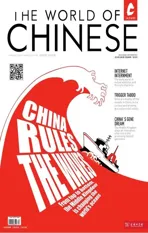THE FALSE AND THE FRAGILE
2014-02-27
THE FALSE AND THE FRAGILE

Evergreen, 2008
Although you majored in oil painting, your works have deviated from traditional painting. Why is that?
The four years I spent at the China Central Academy of Fine Arts taught me how to paint objectively, such as bodies on an easel, but it didn't teach what road we'd eventually travel down as artists after graduation. I wanted to draw interesting things. One of my fi rst works was an imitation of polaroids, still oil paintings on little squares with magnets on the back. I wanted to explore the difference between painting and photography, which could be chronological. The materials I use depend on what I want to express. For instance, at fi rst I wanted to imitate the ref l ection of the object on the eyeball and recreate the spherical shape by drawing on transparent materials, but later the idea evolved into bubbles—a metaphor for the fragility of youth. Another work (involving bubbles) displays the contradiction between the rigidity of cacti and the fragile bubble. I think that, as an artist, I shouldn't limit myself to a specif i c material or form. For me, the idea always stems from my personal experience. I start by drawing the people around me. I wanted to show the settings and conditions that young women have, whether in society or in relation to themselves.
How do you think your works have evolved?
For my fi rst few projects, I collected photos and images. Now, I'm returning to the easel and canvas to draw fragments of memory with surrealist and dream-like qualities. I draw what I see, but the painting process alters the person I see.

Yuan Yuan (苑瑗)
A graduate from the China Central Academy of Fine Arts in 2008, Yuan Yuan is commercially successful and an archetypal post-80s generation artist. A Beijing native, she lives in the active young artist community of Heiqiao. Her works have been displayed in exhibitions in the UCCA and the Beijing Commune.
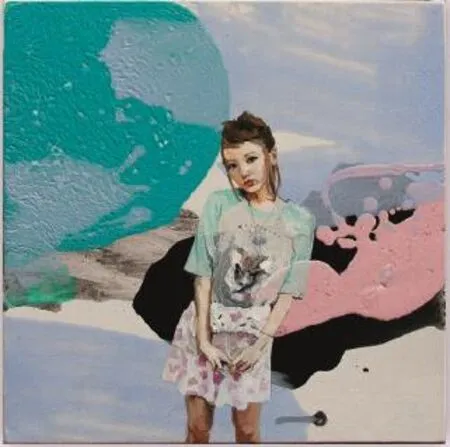
Motorcycle Team, No.1, 2011
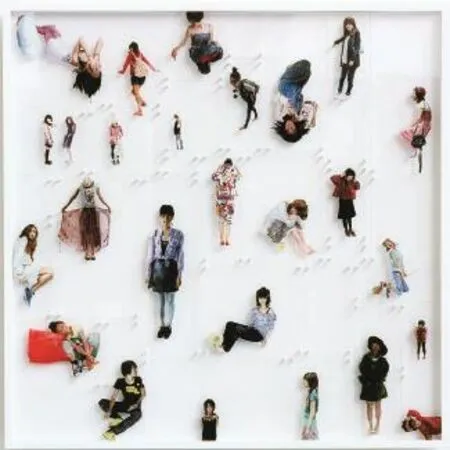
Visionary Hope I, 2011
Why is it that your subjects are always girls?
I am a girl, I have the most knowledge about what it means to be a girl, and I am interested in these girls. Before, I took their photos by myself, but now part of my sources come from online—photos that girls post themselves on WeChat and other social media platforms. Young people like to post self i es and photos of their private life, and this topic is what I'm interested in exploring.
How is the younger generation of artists different from the older generation? Is there a “anti-Chinese” trend going on?
I feel that the older generation has a “collective memory”, with a strong emphasis on iconic symbolism. But the works of the (young) artists I know are all staggeringly different, each very individualistic. For instance, my focal point is the younger generation and the internet, and the superf i ciality of that. Others would do abstract paintings or sculpture. It is a new era. Now, artists are mainly basing (their works) off of their personal experiences, minus the “collective background”. Globalization is an unavoidable trend. China is changing rapidly. I cannot even explain what China is now. We have no direct experience with the China from a few decades ago, or an even older China, so our ways are different from the artists born in the 1960s and 70s. The works of my generation of artists, I feel, are more lighthearted and personal. They are willing to explore more forms, not worried about having a “Chinese” quality or not. The individual was way too insignif i cant in that era, only the personal perspective has meaning. Of course, there are different types of artists; those who specif i cally deal with social and political topics would need a “Chinese identity”.
So, this dreamlike quality is like an ideal, girly fairytale?
No. The “bubbles” in my previous works were not actually bubbles, just glass. They only looked like bubbles, an illusion. The girls I drew may be pretty, but (the prettiness) was illusory as well. What you see may not be what you think it is. I have talked to these girls. When they go out or take photos to upload on social media, they appear in their best state, pretty clothes and makeup, to show how wonderful their life is. Everyone is vain, after all. That state they display is fake. The more wonderful something is, the more illusory it may be, the quicker it vanishes. Visual art, I think, is about creating illusions. Even the happiness I want to share is shared via illusions.
What are your inspirations?
Memories. Personally, I like happy and light-hearted things, perhaps because I am a passionate and optimistic girl. Art is something that can affect both viewers and the creator. For me, “happy art” gives me a reason to go on, hopefully for the viewers as well.- WElJlNG ZHU (祝伟婧)
THE FEMININE SPECTATOR

The Day is Long, 2013
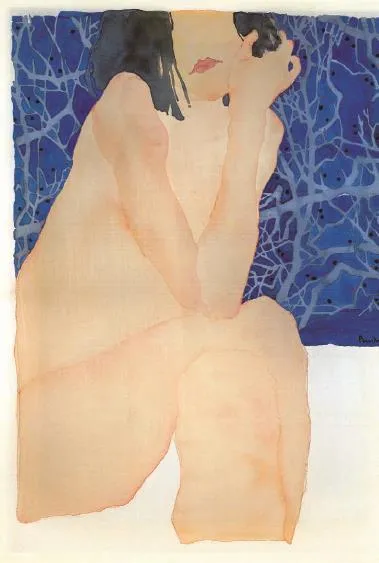
Spellbound No.8, 2013
Pan Xi (潘曦), now an artist based in Shanghai, has dedicated almost all of her works to women—women who are alone, delicate, and meditatively submerged in their own world, something evident in the title of her recent series “My Secret Garden”. However, Pan considers her works essentially asexual. “I'm not even specif i cally depicting women; men or women, whatever superf i cial cloaks they wear, inside they are equally lonely, fragile, innocent, and as vulnerable as a baby,” Pan says. “I never had a real life prototype for the subjects of my works, and they are always faceless. What I'm trying to present is the status of their existence and the subtle feelings they have about it.”
Pan Xi graduated in 1999 from the Moscow State Academic Art Institute as a mural painting major, but her works have taken off in a distinctly different direction, often adopting a religious and masculine context but somehow turning it into a feminine, private space. Her singularly feminine touch, according to Pan, also comes from the fact that she grew up in southern China, where, before industrialization changed everything, was a land of gentle beauty. For manyyears, Pan painted on silk rolls instead of canvas, and intricate patterns such as lace have been characteristic of her work ever since. “They grow and spread like germs, repeating themselves and generating more,”Pan says. “I am not really in control of them; they are creatures of my sub-conscious, and they have a pacifying power over my inner con fl ict.”
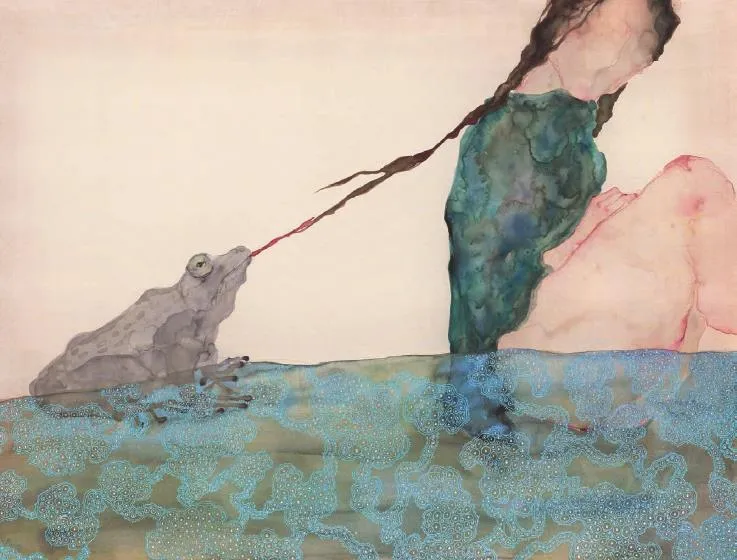
Unfinished Fable, 2013
In her latest series, “Lumen”, Pan Xi's works took a darker, menacing turn. The female bodies become occupied by creatures like octopuses, toads, giant butterf l ies, and dragonf l ies. These animals loom large, hideous, and insentient, and their contact with the women can be sexual, dominant, or indifferent. “These animals are marginalized, foreign creatures that exist in a different space. The women are seemingly at peace with them but also menaced by an uncertain peril. These animals embody the conf l icting feelings we have about the unknown, outside world,” Pan says.
Pan Xi is not exactly a prolif i c artist, but her style has changed quite conspicuously over the past decade, something she attributes to personal growth: “For me, the most important change in my style is that I became more and more capable to look into myself.”
- GlNGER HUANG (黄原竟)
